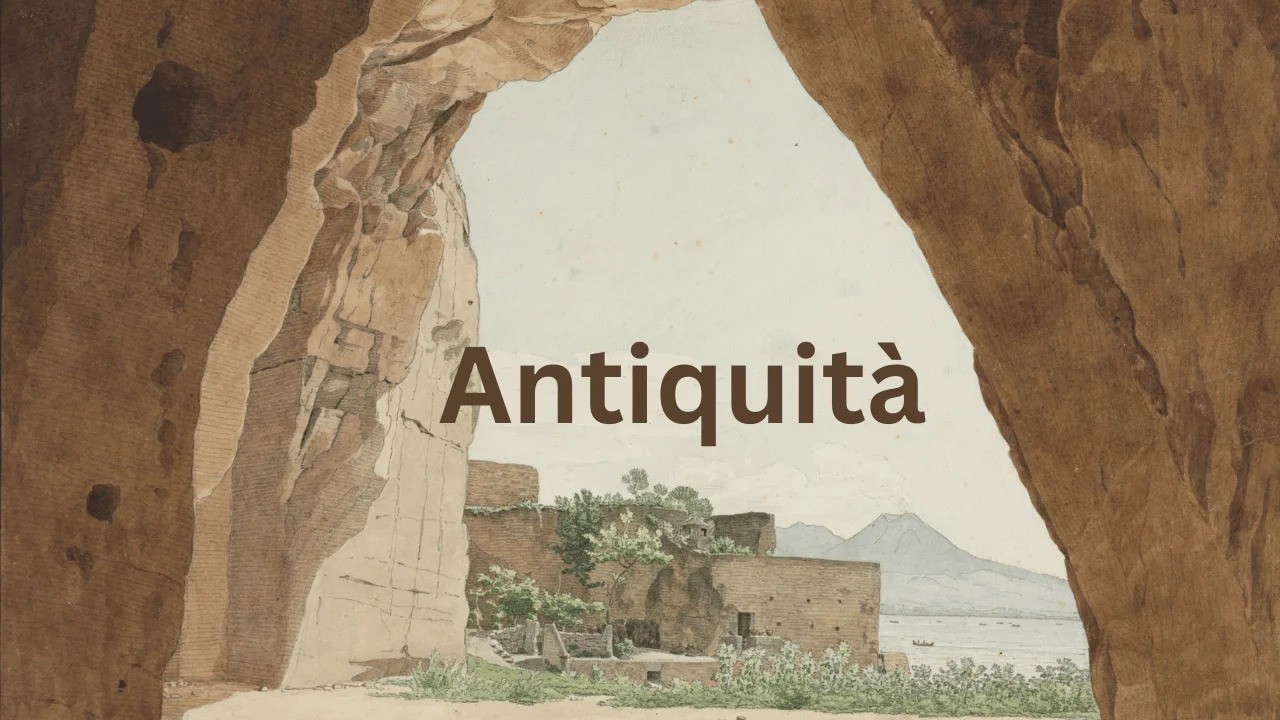In the vast tapestry of human history, the keyword antiquità weaves a narrative that transcends time, offering a glimpse into the lives, beliefs, and artistry of ancient civilizations. The term encompasses a myriad of artifacts, each bearing the weight of history, preserved in museums and archaeological sites. This exploration into antiquità delves into the significance of ancient relics, their role in shaping our understanding of the past, and the invaluable insights they provide into the evolution of societies.
Understanding Antiquità
Antiquità, rooted in the Italian language, translates to “antiquities” in English, encapsulating the essence of ancient artifacts and cultural remnants. These remnants include a diverse array of items, such as coins, ceramics, architecture, and other treasures that have withstood the test of time. Studying antiquità provides a unique opportunity to connect with the past, unraveling the mysteries of bygone eras and gaining insights into the foundations of modern civilization.
The Role of Artifacts in Preserving History
Artifacts serve as tangible links to antiquity, offering a tangible connection to the people, cultures, and civilizations that once thrived. Museums play a pivotal role in preserving these remnants, acting as custodians of history. Coins, for example, not only offer a glimpse into the economic systems of ancient societies but also serve as a testament to the artistic and technical skills of the time. Ceramics, with their intricate designs and functional purposes, provide insights into daily life, customs, and technological advancements of ancient civilizations.
Museums as Time Capsules
Museums stand as living repositories of antiquità, safeguarding artifacts from the ravages of time and environmental factors. These institutions play a crucial role in educating and inspiring the public, allowing them to witness the tangible expressions of human creativity and innovation. The careful curation and display of antiquities in museums provide a curated journey through history, allowing visitors to explore the rich tapestry of the past.
Trade and the Exchange of Antiquità
The trade of Antiquità has been an integral part of human history, shaping cultural exchanges and influencing the development of societies. From the Silk Road to maritime trade routes, artifacts traversed vast distances, carrying with them the stories and traditions of distant lands. The exchange of antiquities not only facilitated economic transactions but also fostered cross-cultural interactions, leading to the amalgamation of diverse influences in art, architecture, and belief systems.
Unearthing Treasures Archaeological Insights
The excavation of archaeological sites is akin to unraveling the layers of a time capsule. Archaeologists meticulously unearth remnants of ancient civilizations, piecing together the puzzle of human history. The ruins of ancient cities, temples, and dwellings provide valuable insights into the architectural prowess, urban planning, and societal structures of bygone eras. The study of archaeological sites goes beyond mere discovery; it is a meticulous process of understanding the intricacies of daily life, trade routes, and the interconnectedness of ancient civilizations.
Conservation and the Challenges of Preserving Antiquities
Preserving antiquities is a delicate balance between uncovering the past and ensuring its longevity for future generations. Conservation efforts involve a combination of scientific expertise, technological advancements, and ethical considerations. The battle against environmental decay, looting, and illicit trade poses significant challenges. As custodians of history, it is imperative for societies and governments to invest in the preservation of antiquities, safeguarding these irreplaceable treasures for the benefit of humanity.
The Influence of Antiquità on Art and Beliefs
Artists throughout history have drawn inspiration from antiquità, incorporating elements of ancient civilizations into their works. From the Renaissance to neoclassical movements, the aesthetics of antiquity have left an indelible mark on the world of art. The symbolism, mythology, and iconography of ancient artifacts continue to resonate in contemporary artistic expressions, bridging the gap between the past and the present.
Antiquità as the Ancient World
Studying antiquità provides a roadmap to understanding the complexities of the ancient world. Historians and scholars rely on these artifacts to piece together narratives of civilizations long gone. Coins, for instance, offer glimpses into economic systems and power structures, while religious artifacts shed light on ancient beliefs and rituals. The study of antiquities is, in essence, a multidisciplinary approach that combines archaeology, anthropology, art history, and more to construct a comprehensive understanding of our shared human heritage.
Conclusion
In the intricate web of time, antiquità stands as a testament to the resilience of the human spirit, the ingenuity of our ancestors, and the interconnectedness of civilizations. Through the study of artifacts, museums, and archaeological sites, we embark on a journey that transcends temporal boundaries, gaining profound insights into the diverse tapestry of human history. As custodians of this heritage, it is our collective responsibility to preserve, protect, and celebrate antiquities, ensuring that the lessons of the past continue to enrich and inspire generations to come.
